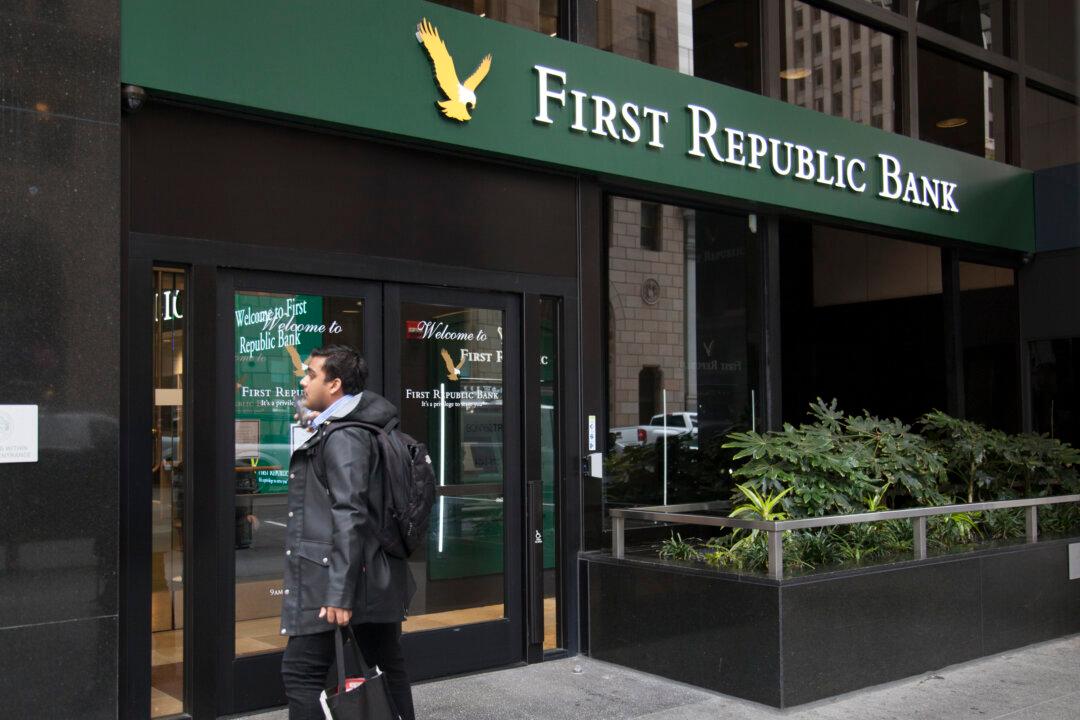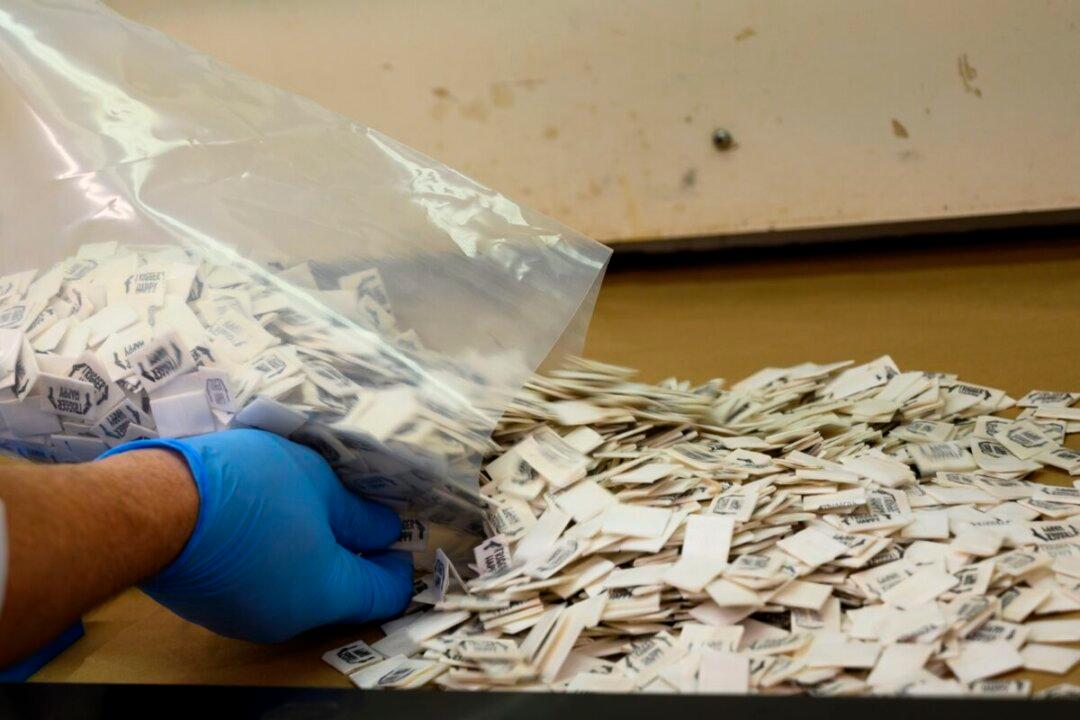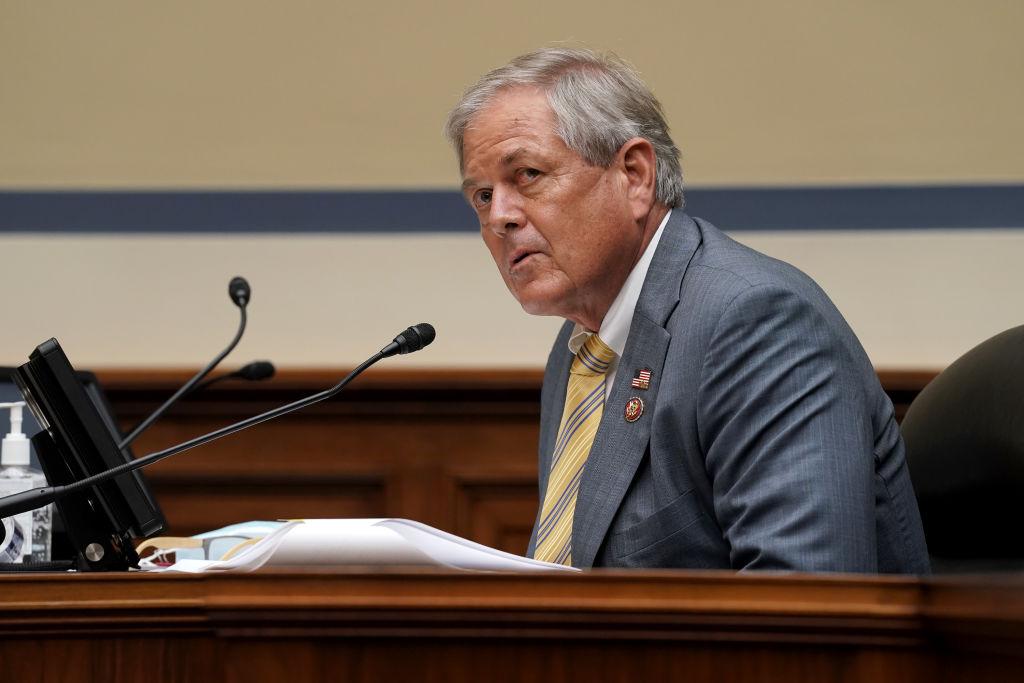Customers of First Republic—the San Francisco-headquartered bank that caters to high-net-worth clients and businesses—were lining up at various California branches on March 13 following the collapse of Silicon Valley Bank (SVB) and Signature Bank over the weekend.
Waiting outside First Republic’s Montgomery Street branch in San Francisco on March 13, a California business owner named Chad told The Epoch Times that he’s concerned about whether he can withdraw his more than $1 million stored at the bank. The business owner had just finished transferring funds from SVB—where he was also a customer—and is now trying to diversify.




